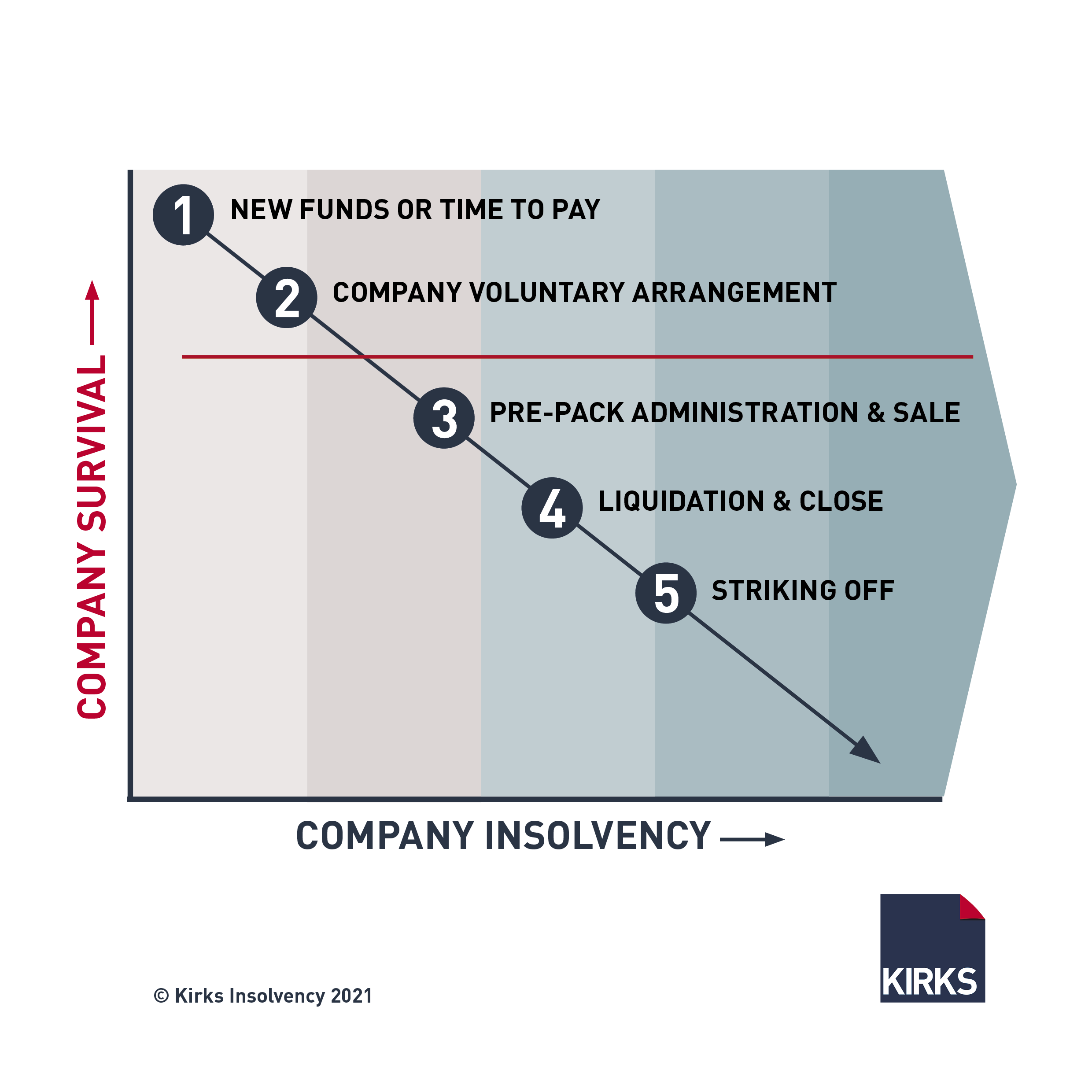The Definitive Guide for Insolvency Practitioner
Table of ContentsInsolvency Practitioner Fundamentals ExplainedAn Unbiased View of Insolvency PractitionerThe Buzz on Insolvency PractitionerTop Guidelines Of Insolvency Practitioner4 Simple Techniques For Insolvency PractitionerThe Greatest Guide To Insolvency PractitionerThe Facts About Insolvency Practitioner Revealed
Insolvency is when responsibilities are greater than the worth of the business, or when a borrower can not pay the financial debts they owe. A firm can come to be insolvent as a result of a number of situations that lead to inadequate cash flow. When faced with insolvency, a company or person can contact financial institutions straight and restructure debts to pay them off.
Company owners may get in touch with financial institutions directly and restructure financial obligations right into even more workable installations. Lenders are commonly responsive to this approach since they want to be paid off and stay clear of losses, even if the payment is on a postponed schedule.
The owner creates a proposal describing just how the financial obligation may be restructured making use of price reductions or other strategies for assistance. The proposition reveals creditors just how business may generate adequate capital for successful operations while paying its debts. Commonly, a forgiven debt might be thought about income by the Internal Earnings Solution (INTERNAL REVENUE SERVICE).
Insolvency Practitioner Fundamentals Explained
When a company needs to pay raised prices for products and services, the firm passes along the cost to the consumer. Instead of pay the raised expense, lots of customers take their business in other places so they can pay much less for a services or product. Shedding clients causes losing earnings for paying the firm's financial institutions.
When procedures discontinue, so does the company's earnings. Some firms come to be financially troubled due to the fact that their products or solutions do not advance to fit consumers' transforming demands.
7 Easy Facts About Insolvency Practitioner Described
Expenses go beyond earnings and expenses continue to be unpaid. Kinds of bankruptcy include cash-flow insolvency and balance-sheet bankruptcy. Cash-flow insolvency occurs when a firm has the assets to cover their debts however they are in the wrong type, such as property rather of fluid funds. Balance-sheet insolvency, on the other hand, suggests an absence of properties in any form to cover debts.
The IRS states that a person is insolvent when the complete obligations go beyond total possessions. Insolvency Practitioner. A personal bankruptcy, on the other hand, is an actual court order that depicts how a financially troubled individual or business will certainly pay off their financial institutions, or just how they will sell their assets in order to make the repayments
Insolvency Practitioner for Beginners
When a company or individual is bankrupt, they can not meet their economic commitments. Bankruptcy is not the same as personal bankruptcy, although a firm that has actually become financially troubled may submit for bankruptcy. Insolvency is the state of not being click for source able to pay your commitments while insolvency is a legal procedure to discharge your financial debts.
Recognizing the aspects that can result in bankruptcy, such as overspending, can assist you prevent insolvency and its effects.
Indicators on Insolvency Practitioner You Need To Know
It is popular that supervisors and policemans of companies (and managers of minimal liability companies) owe fiduciary responsibilities to their companies and their investors (or participants). These fiduciary obligations are defined by state statutes and, though there are variations from one state to another, they generally consist of a responsibility of loyalty and a responsibility of care.
The task of care requires directors and police officers to work out diligence, to make informed choices, and to act in good belief to make sure that their actions remain in the best interest of the company. Past the range of this discussion, some states enable these responsibilities to be limited either by so noting in the business documents or complying with various other demands.
The Greatest Guide To Insolvency Practitioner

Be mindful about providing shareholders preferential therapy at the cost of financial institutions (e.g., licensing and funding a dividend or a stock redemption). Be mindful concerning special therapy between classes of shareholders. Clear up efforts to discover all the realities prior to taking a specific strategy; supervisors must really believe that any decisions made remain in the most effective rate of interests of the firm in its totality (i.e., decisions will be assessed in hindsight in light of the effect of such activities on the corporation).
In any type of insolvency or bankruptcy proceeding, payments made to specific lenders at the expenditure of other lenders can be clawed back, especially if there is some link between the company and the lender. Take into consideration recommending at an annual stockholder meeting (or any type of other conference of shareholders) a resolution verifying that all prior organization choices and actions taken by the supervisors and policemans of the company were absorbed excellent belief after an exercise of reasonable treatment.
Some Of Insolvency Practitioner
Totally reveal article source any type of individual or organization connections with events beyond of purchases including the company to avoid the appearance of a conflict of rate of interest. In reviewing potential fund increasing transactions or a sale of assets of the troubled corporation, understand that these purchases may be scrutinized later on because of any type of succeeding expansion of supervisors' fiduciary duties to include creditors.